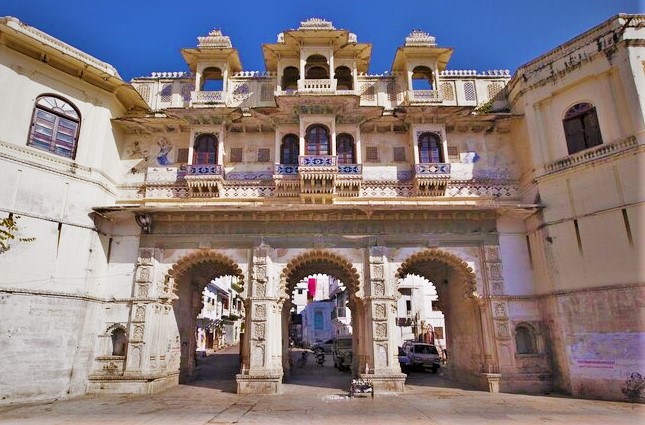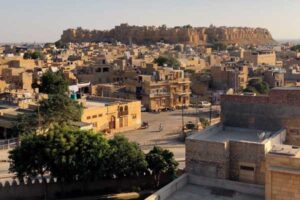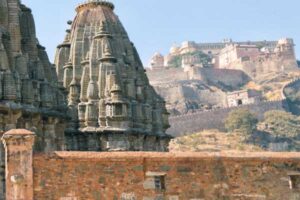Bagore ki Haveli Udaipur
Overview Of Bagore ki Haveli
Udaipur’s Bagore Ki Haveli, perched on the shore of Lake Pichola, is a beautiful palace. It’s one of Udaipur’s most popular tourist attractions. Its 18th-century architecture eloquently depicts royal lineage from the past to the present. It has over a hundred rooms, some of which are used to showcase modern art while others are filled with historical costumes.The famous paintings that were commissioned during the Mewar period may be seen within the Queen’s chamber. In addition, the castle is decked out with glass replicas of famous artwork. The palace’s large rooms, windows, and passageways add to the structure’s already impressive visual appeal.
Jewelry boxes, hookahs, pan boxes, and other period furnishings may be found within the palace, testifying to the Rajput clans’ long tenure there. This is the best place to see authentic Rajput architectural styles preserved and shown.Beautifully situated on the edge of Lake Pichola, not far from Gangori Ghat, is the haveli known as Bagore Ki Haveli. It’s a must-see for every visitor to Udaipur and one of the city’s most popular landmarks. Amar Chand Badwa, Prime Minister of the kingdom of Mewar in the 18th century, was responsible for the original construction of Bagore Ki Haveli. After years of repair, the building is now a museum for the public to enjoy.The West Zone Cultural Centre converted the haveli into a museum while maintaining the building’s original architecture and decor. A number of members of the royal family were consulted before repairs to the Haveli were made using traditional methods handed down through the years.
COST EFFICIENT SERVICES
Provide highly efficient services at very competitive prices.
ATTRACTIVE PACKAGES
Exclusively customized packages for Rajasthan & India tours.
CAR RENTAL SERVICES
Hire a taxicab in Jaipur for local sightseeing and outstation needs.
100% SATISFACTION
Our company provides 100% customer satisfaction as it is our top priority.
24+ Year
Experience
20+ Tour
Destinations
15000 + Happy
Customers
History Of Bagore Ki Haveli
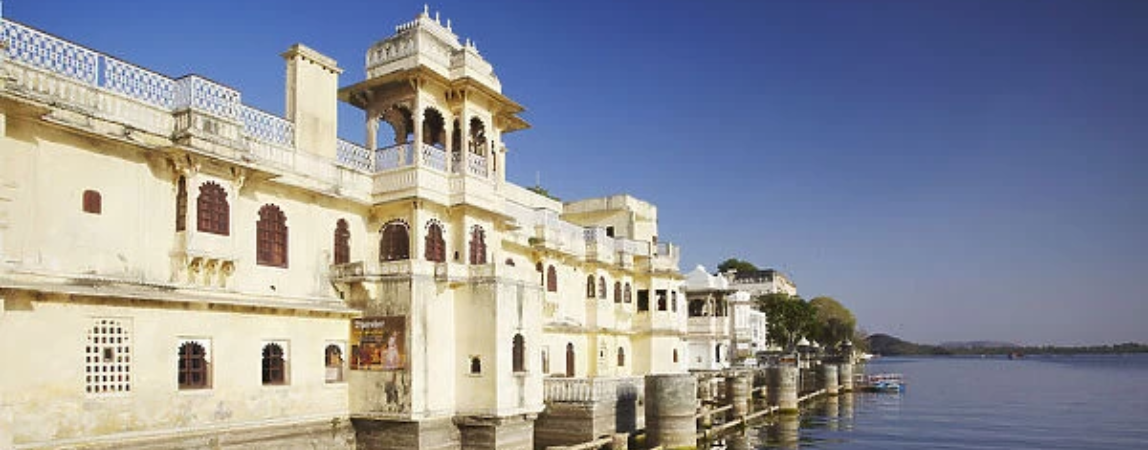
Bagore Ki Haveli was built by Shri Amarchand Badwa, the Prime Minister of the Mewar kingdom between the years 1751 and 1778 during the reigns of Maharanas Pratap Singh II, Raj Singh II, Ari Singh, and Hamir Singh. During the reigns of Maharanas Pratap Singh II, Raj Singh II, Ari Singh, and Hamir Singh, Badwa served in this capacity. Following Amarchand Badwa’s death, the haveli was acquired by the Mewar royal dynasty and later became the residence of Nath Singh, a relative of the current Maharana.
In 1878, after extensive renovations by Maharaj Shakti Singh of Bagore, the building was given the name Bagore ki Haveli. As part of the renovation, a new three-arched entryway was built. Up until 1947, the haveli was under Mewar state’s protection.The Haveli was first used by the state government of Rajasthan after India gained its freedom to house its officials. After over forty years of neglect, the government in 1986 finally decided to take charge of the haveli’s repair as part of the West Zone Cultural Centre.
Architectural Features Of Bagore ki Haveli
Because of its stunning architecture and expert craftsmanship, Bagore ki Haveli is a site that any art lover would enjoy visiting. Huge courtyards, balconies, jharokhas, ornate arches, cupolas, and a fountain may all be seen in Bagore ki Haveli. It is emblematic of the affluent lifestyle in the Mewar area.
All of the Haveli’s 138 rooms include intricate mirror work. The Havelis walls are decorated with glasswork and fresco paintings of beautiful scenes. The royal family utilizes many exquisitely crafted chambers.The Chambers of the Royal Ladies boasts world-famous stained glass windows, therefore visit. Two stunning peacocks are mosaicked from colorful glass.
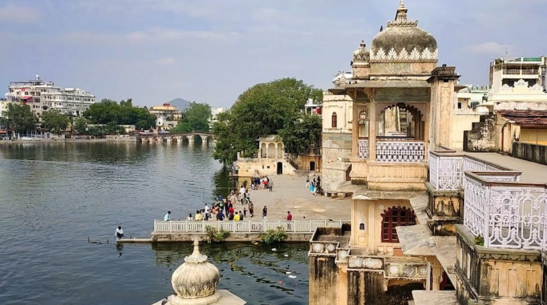
What To See
Visitors to the Haveli are met with a stunning courtyard, highlighted by a Lotus fountain that rises two floors high. Bagore ki Haveli is home to three different marketplaces known as chowks: Kuan Chowk, Neem Chowk, and Tulsi Chowk.
On the ground floor of Bagore ki Haveli is the area known as Kuan Chown, also called the Well court. This level was formerly used for a variety of purposes, including storing commodities, keeping horses, and accommodating the staff’s everyday household responsibilities.Neem Chowk, on the ground floor of the Haveli and encircled by beautiful brass doors, was where the royal men enjoyed seeing musical and dance performances. The theater still plays home to a wide range of performances today.
Men of the royal family were also barred from entering the Kanch Mahal (mirrored hallway), also called the Durrie Khana. What was formerly the Haveli’s grandest hall is now home to the WZCC Director’s office. Diwan-e-khas is the name for this area.Tulsi Chowk, on the other hand, was the most coveted area for the princesses since it housed the zenana (the women’s dwellings). The ladies of the Haveli performed their traditional Ghoomar dances for the crowds at this Chowk during the festival.
The Chowk’s showcase now has a beautiful collection of turbans and dresses for ladies. In Tulsi Chowk, you’ll find a gallery dedicated to remembering Haveli’s heydey.In addition, the women of Bagore ki Haveli have access to their very own dressing room (Shrinkar Kaksh) inside the Haveli itself. The wooden box within is where the princesses store their treasures. The royal women used a perfume called Itra Daan, which may be found in this room.
In the Haveli’s Sangeet Kaksh, the royal women would learn to play the santoor, chang, dholak, nagada, sarangi, and other musical instruments. Women in the Haveli culture shared a passion for song.The Manoranjan Kaksh was a popular hangout for guys to get together and enjoy some friendly competition over classic tabletop games like chaupar and ganjifa.
The Museum
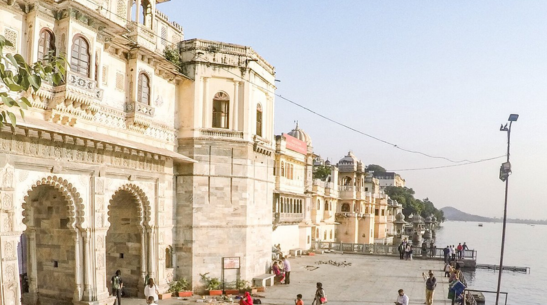
The Wedding Depiction Section, Puppet Museum, Main Haveli, Turban Museum, and Weapon Museum are the five sections that make up the Bagore ki Haveli museum. All of these components have been meticulously cared for.
Weapons section
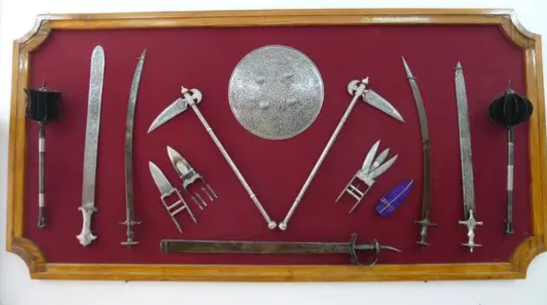
Despite its prime placement right by the front door, the museum’s armament section is rather small. It’s a display of the many war machines utilized by the kings and their armies.
The Wedding section
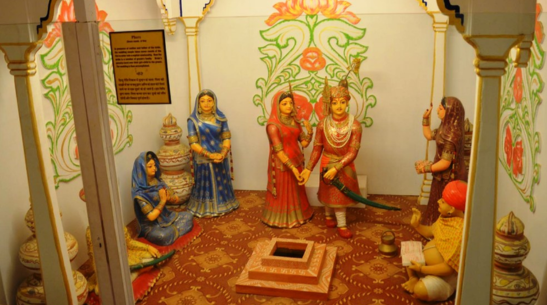
Bagore ki Haveli also has a wedding area, which is another major draw. Despite its little size compared to the other chapters, this one successfully uses dolls and puppets to depict the many events that take place at a traditional Indian wedding.
This section gives a glimpse of the myriad customs and rituals that are practiced during a traditional Indian wedding, beginning with the muhurta prayers and continuing through the ceremony and the after-wedding ceremonies.
The Turban section
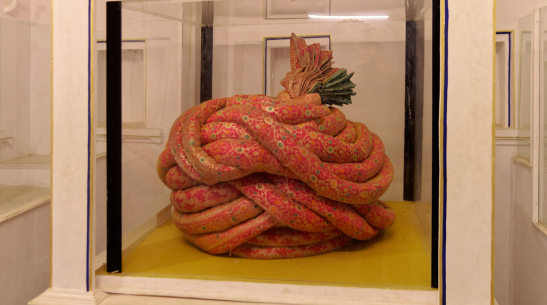
You may witness turbans from all across India, including Punjab, Haryana, Rajasthan, and Gujarat, in the Turban section, which is located on the ground floor of the Haveli. One may learn about the many methods in which people from different states wear turbans, a culturally significant head covering.
Rajasthani turbans are often made from tie-dyed cloth and are recognised for their bright color palettes, whereas turbans in Punjab are often fashioned from basic fabrics in a range of colors. Despite their different colors and sizes, the turbans worn in Gujarat and Rajasthan are quite similar to one another.
Puppet Museum
Children love to visit the Puppet Museum because of its huge collection of puppets. The museum’s entrance is decked up with handmade decorations, such as miniature puppets and other artifacts.
A section of the chamber is decorated to seem like a courtroom, complete with puppet versions of the monarch, queen, and various ministers. This section of the space occupies a single wall.
The museum has dolls and puppets of horses, elephants, and other animals.The museum sells puppets for a modest fee. If you’re in Rajasthan with kids, you must visit the Puppet Museum.
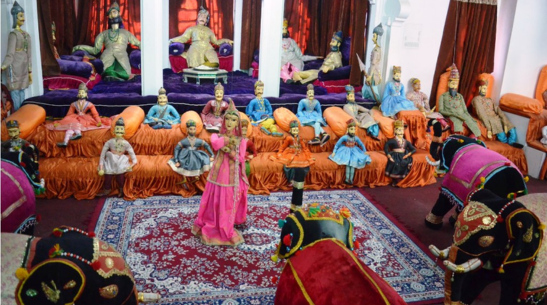
Haveli Museum
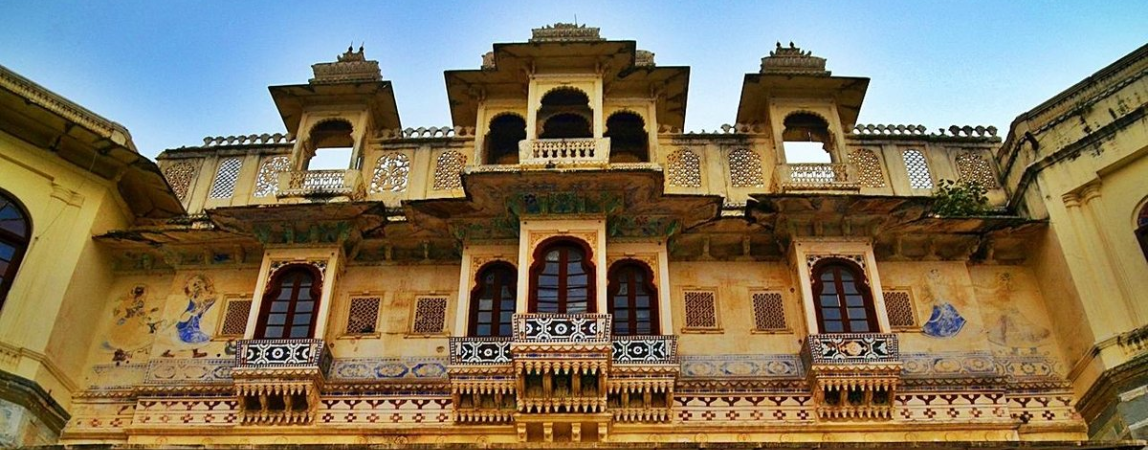
The terrace, from which one may take in stunning views of Lake Pichola, is accessible through a flight of stairs. The Taj Hotel, the City Palace, and the Oberoi Udaivilas Palace Hotel, all located on the other side of the lake, can all be seen from the terrace.Walking around the Haveli, one encounters a number of lobbies that provide access to various chambers. Bathrooms, dressing rooms, bedrooms, sitting rooms, prayer rooms, and even playrooms for the royal ladies are all included here. The rooms have been furnished and adorned in an old style to reflect the royal family’s former way of life.
The bedrooms have the traditional furnishings seen in bedrooms of older houses, such as an antique bed in a quiet nook. Also, dolls or puppets of people lying about the room complement a living room furnished with carpets and beautiful sofas. A vintage earthenware kitchen is on show.Beautiful paintings of regal scenes line the building’s doorway. You may witness paintings of housewives, rulers preparing for battle, and Lake Pichola residents resting. The artwork shows the Bagore ki Haveli people’ social structure.
Artifacts from the Rajput dynasty may be seen on display in the museum. These include jewelry boxes, dice games, hookahs, rose water sprinklers, and even the royal wardrobes of the kings and queens of the Rajput dynasty.The Basement of the museum attracts many people due to its huge collection of highly skilled artworks. The Indra Viman, or Elephant Chariot as it is more generally known, formerly belonged to the kings of Jhalawar and is currently on display at the museum.
The museum has added a thermocol model of Bagore Ki Haveli to its collection of noteworthy sculptures, which also includes the Eiffel Tower, the Victory Tower of Chittorgarh, the Taj Mahal, and the Leaning Tower of Pisa. This exhibit has just been added to the museum’s collection.The first-floor foyer also has an eye-catching swing hung from the ceiling. This swing represents the time that the elderly ladies spent here swinging.
How To Reach
Within a radius of around 1.5 kilometers from the heart of Udaipur is the ancient neighborhood, where the Bagore ki Haveli may be found. Taxis, auto rickshaws, and buses all stop near the Haveli, making it convenient to get there. You may take a private taxi to the haveli by booking ahead with a reputable local vehicle service in Udaipur.
The Haveli is near the airport and train station. The Haveli is accessible by car from the 23.3-kilometer Maharana Pratap Airport and the 2.4-kilometer Udaipur Railway Station.There are regular government and commercial buses connecting Udaipur and major cities, making transportation easier.
Entry Fee of Bagore ki Haveli
- The Bagore ki Haveli Museum in India charges Rs. 60 for adults and Rs. 30 for children under 12. Foreigners entering India must pay 100 rupees for adults and 50 rupees for children. A fifty-rupee camera is available.
- Adult Dharohar Dance tickets in India cost Rs. 90, while kid tickets cost Rs. Non-Indian adults pay 150 rupees (about $16) and children 75 rupees (about $3). Cameras cost 150 rupees.
Timings of Bagore ki Haveli
Bagore ki Haveli Museum is open daily from 9:30 a.m. to 5:30 p.m. The Dharohar Dance Show runs daily from 7:00 to 8:00 pm. Dance tickets may be purchased at the box office at 6:15 p.m. Holidays and festivities may change schedules.
Best Time To Visit
If you want to avoid the heat, the ideal time to visit Bagore ki Haveli is from September to March, when it’s still warm enough to enjoy the outdoors yet the temperature never rises over 28.3 degrees Celsius. To avoid the city’s stifling summer heat, the Haveli is not a good choice for a vacation.
